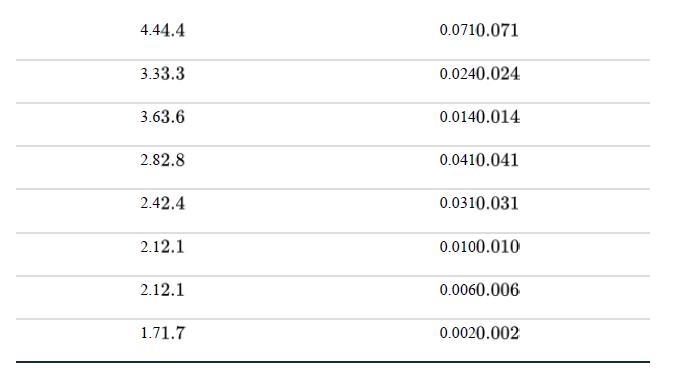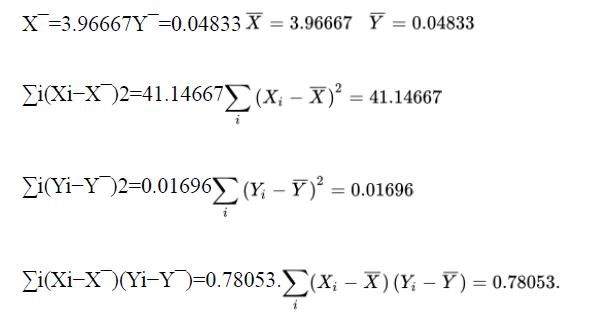To investigate whether subcutaneous fat provides insulation in humans, Sloan and Keatinge (1973) measured the rate of
Question:
To investigate whether subcutaneous fat provides insulation in humans, Sloan and Keatinge (1973) measured the rate of heat loss by boys swimming for up to 40 min in water at 20.3°C and expending energy at about 4.8 kcal/min. Heat loss was measured by the change in body temperature, recorded using a thermometer under the tongue, divided by time spent swimming, in minutes. The authors measured an index of body “leanness” on each boy as the reciprocal of the skin-fold thickness adjusted for total skin surface area (in meters squared) and body mass (in kg). Their data are listed in the following table.


a. Draw a scatter plot of these data, showing the relationship.
b. Does body leanness predict heat-loss rate? Using the following intermediate calculations, calculate the regression line and add it to your plot in part (a). Carry out a formal test.

c. How uncertain is the estimate of slope? Calculate a 95% confidence interval.
d. What are your assumptions in parts (b) and (c)?
e. What fraction of the variation in heat-loss rate is predictable from body leanness?
Step by Step Answer:

The Analysis Of Biological Data
ISBN: 9781319226237
3rd Edition
Authors: Michael C. Whitlock, Dolph Schluter





